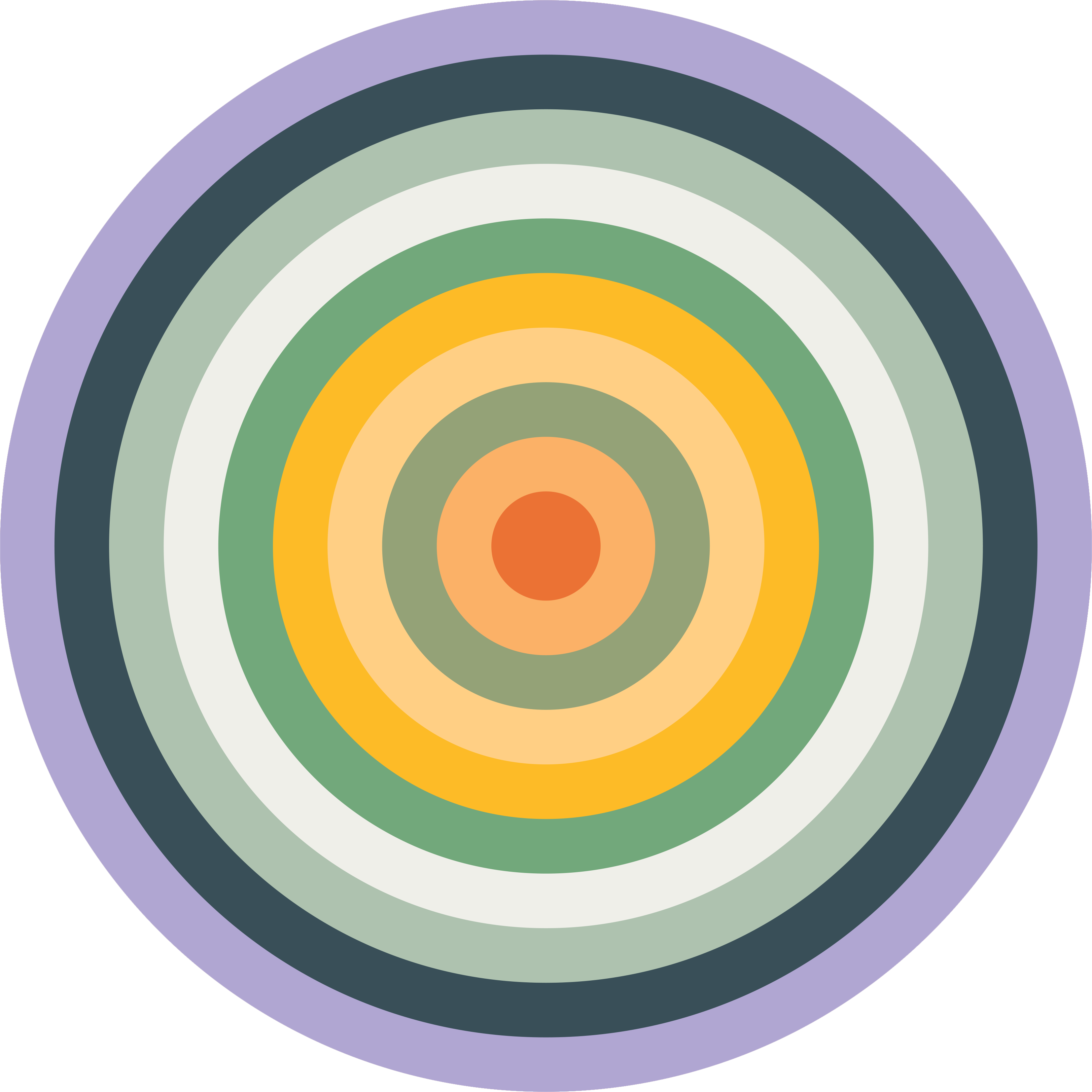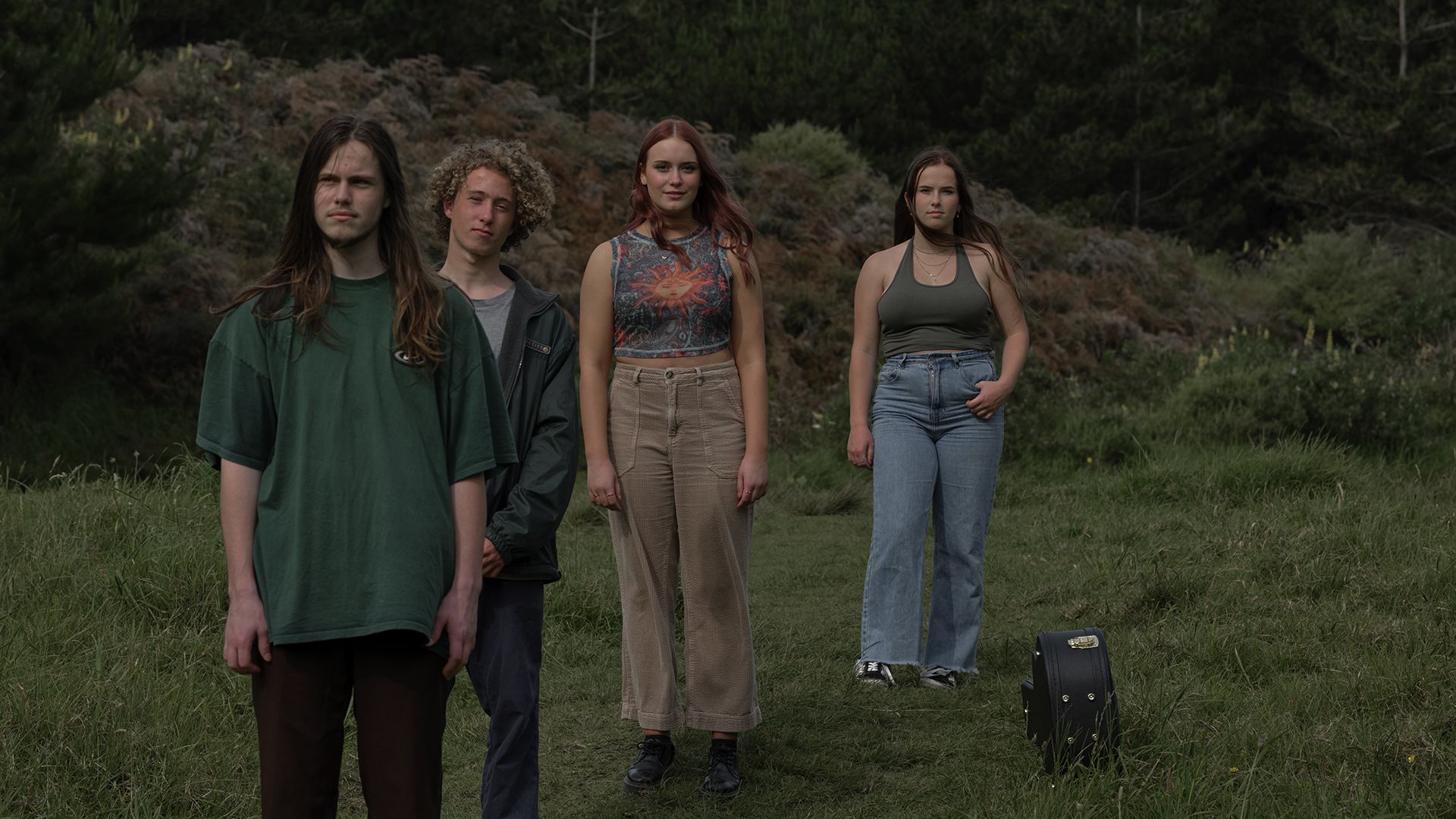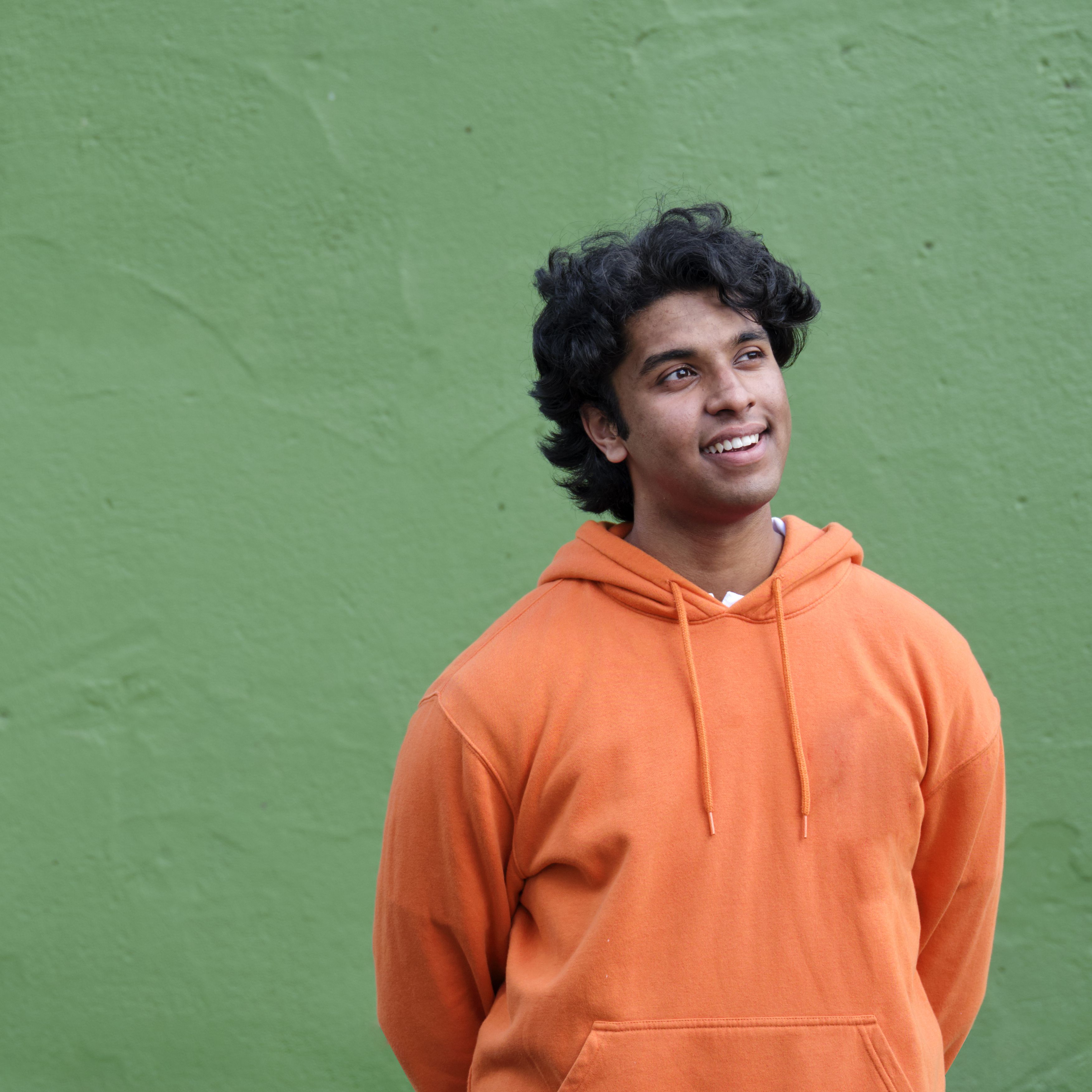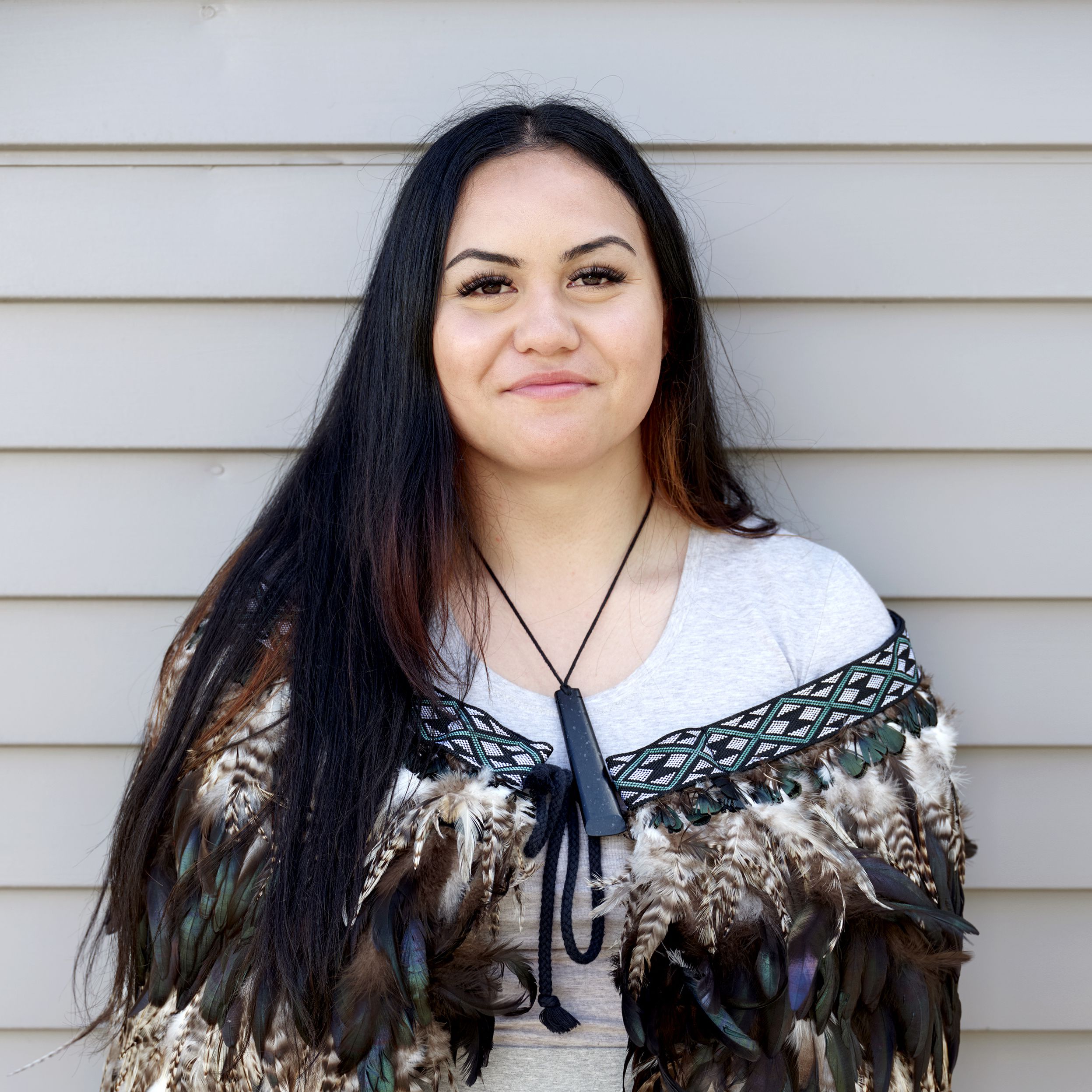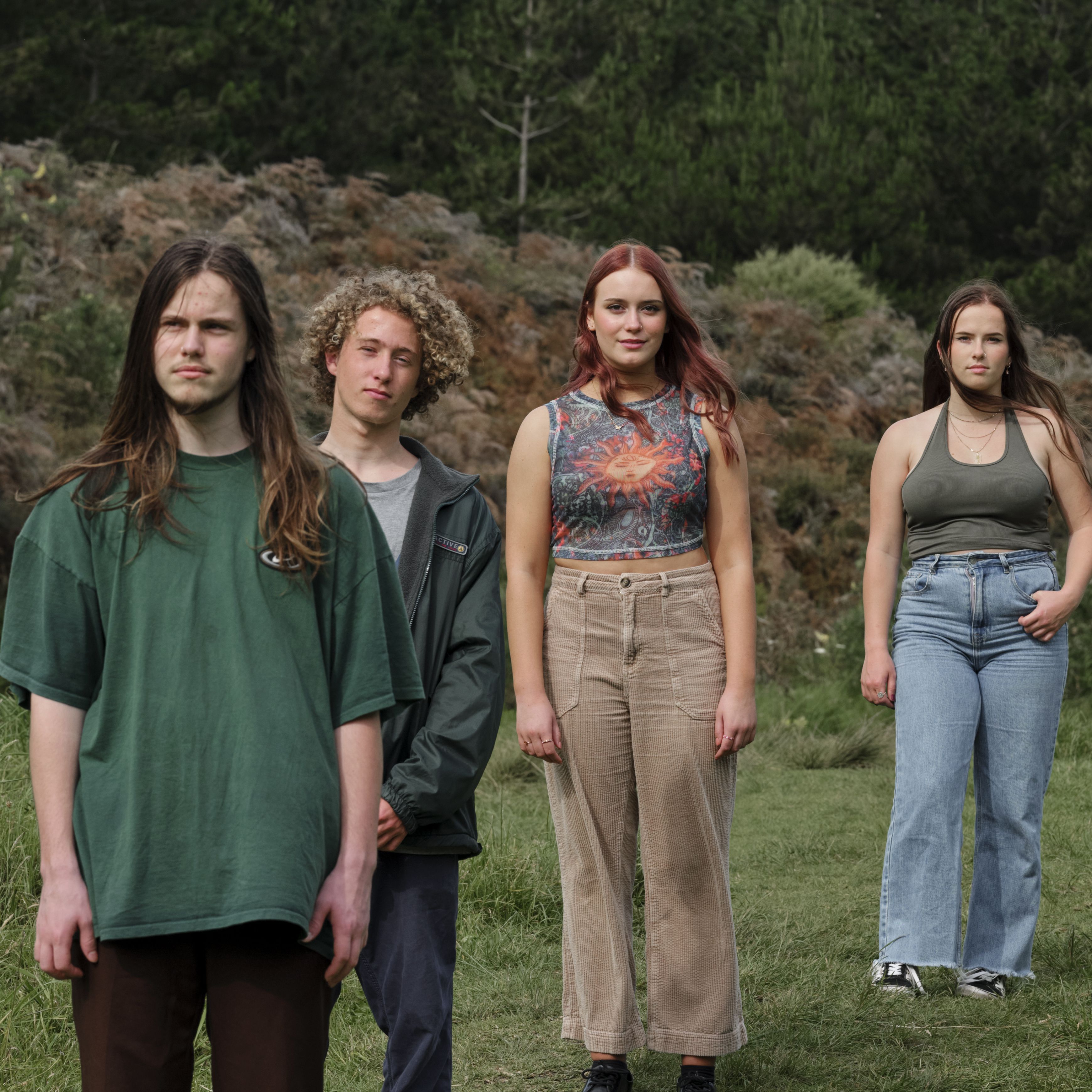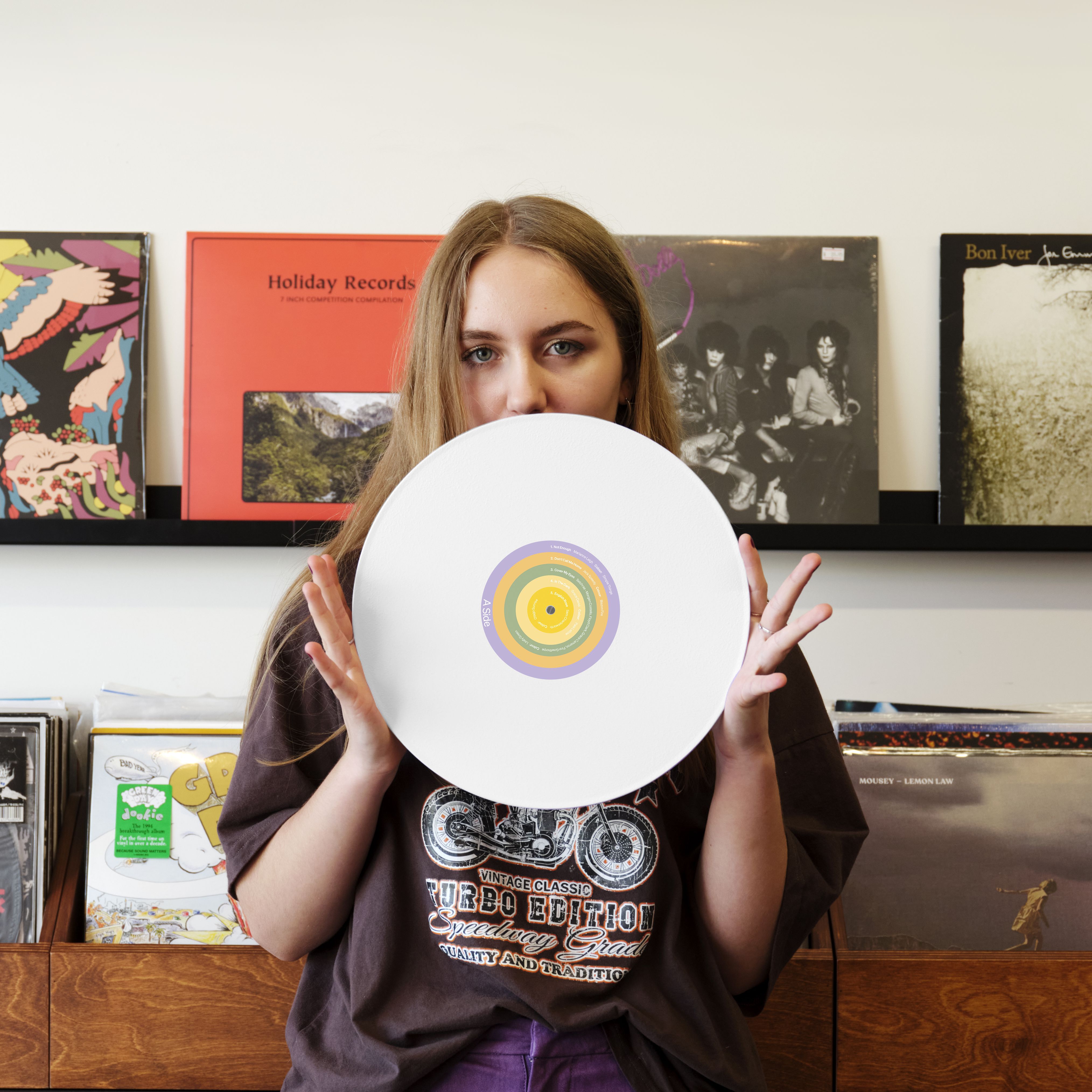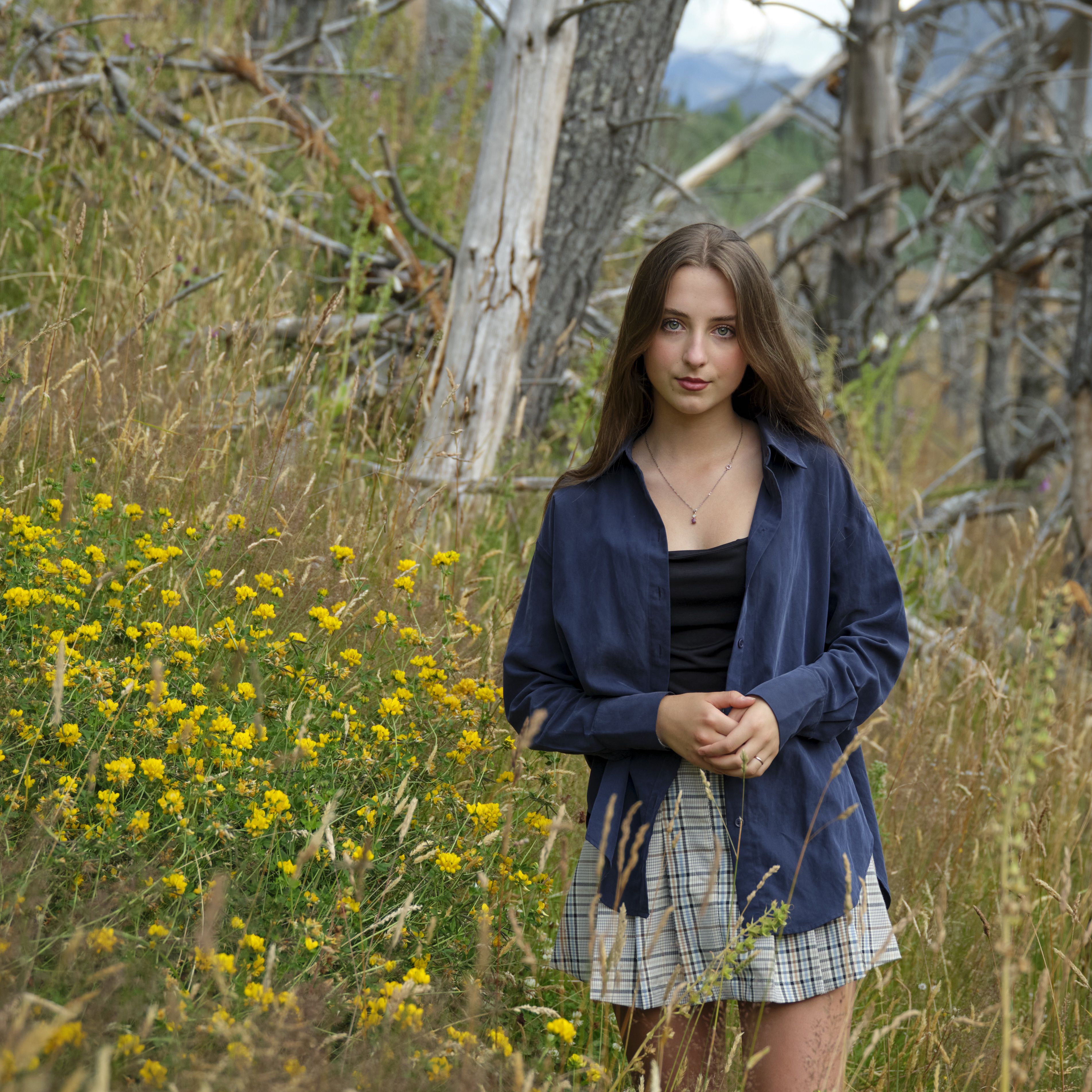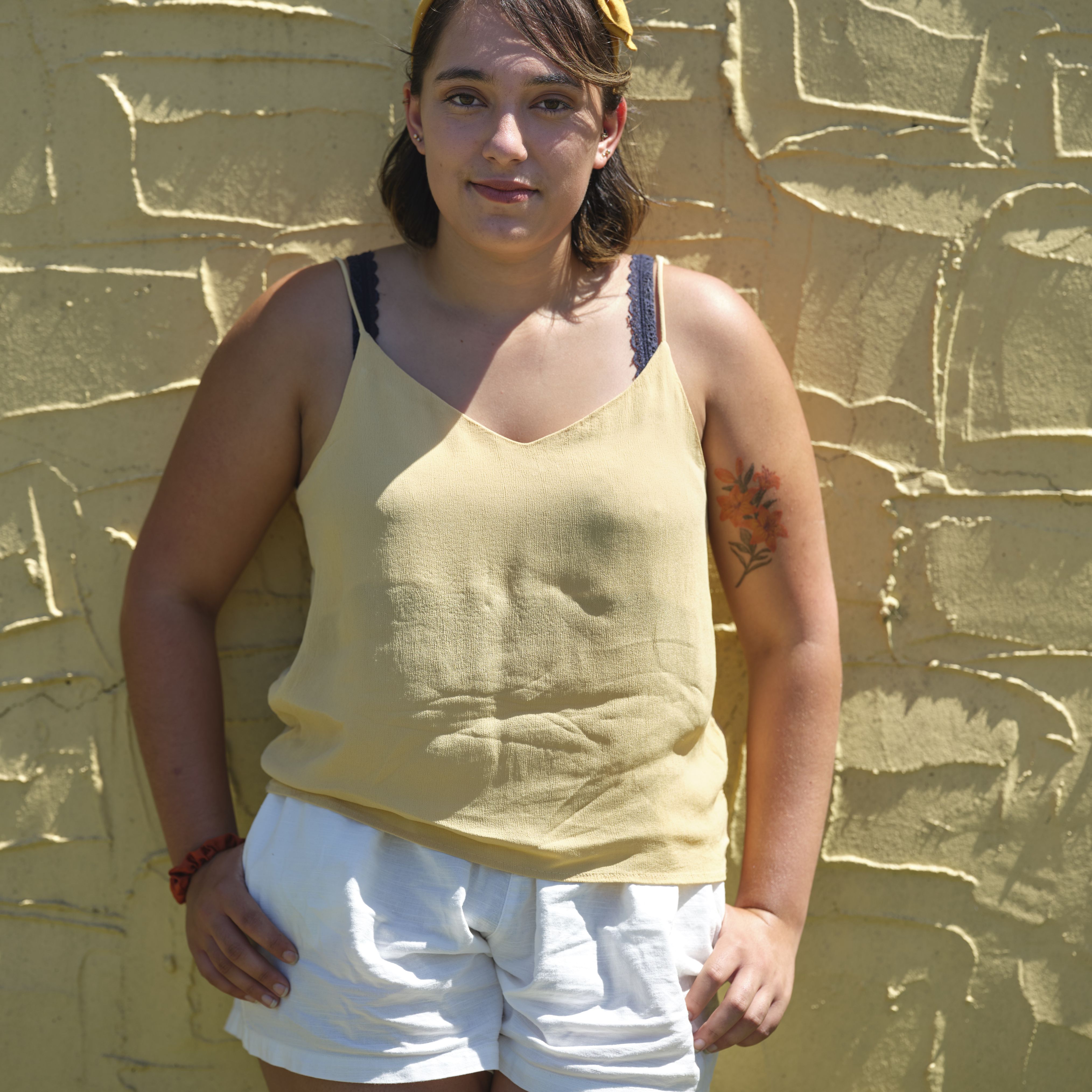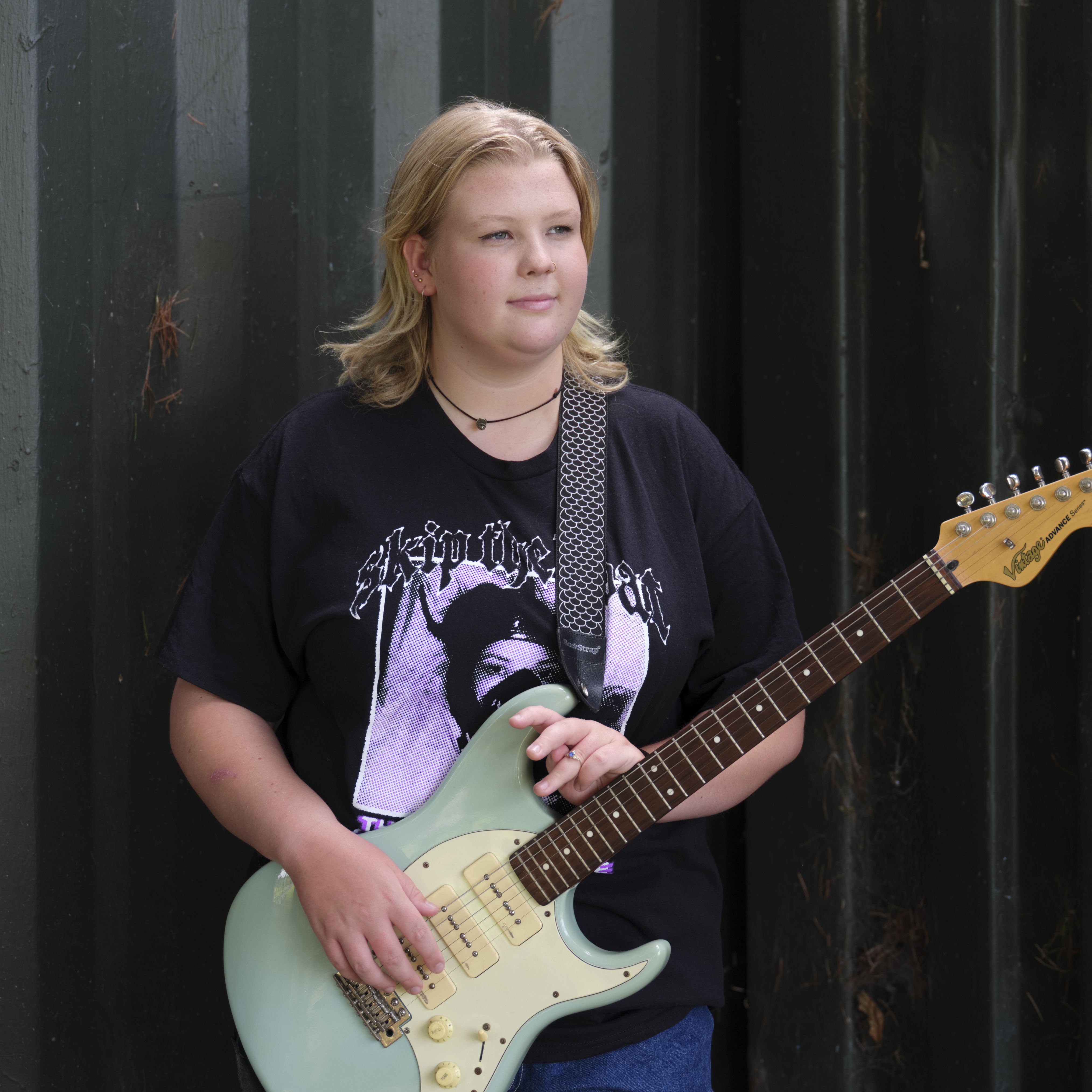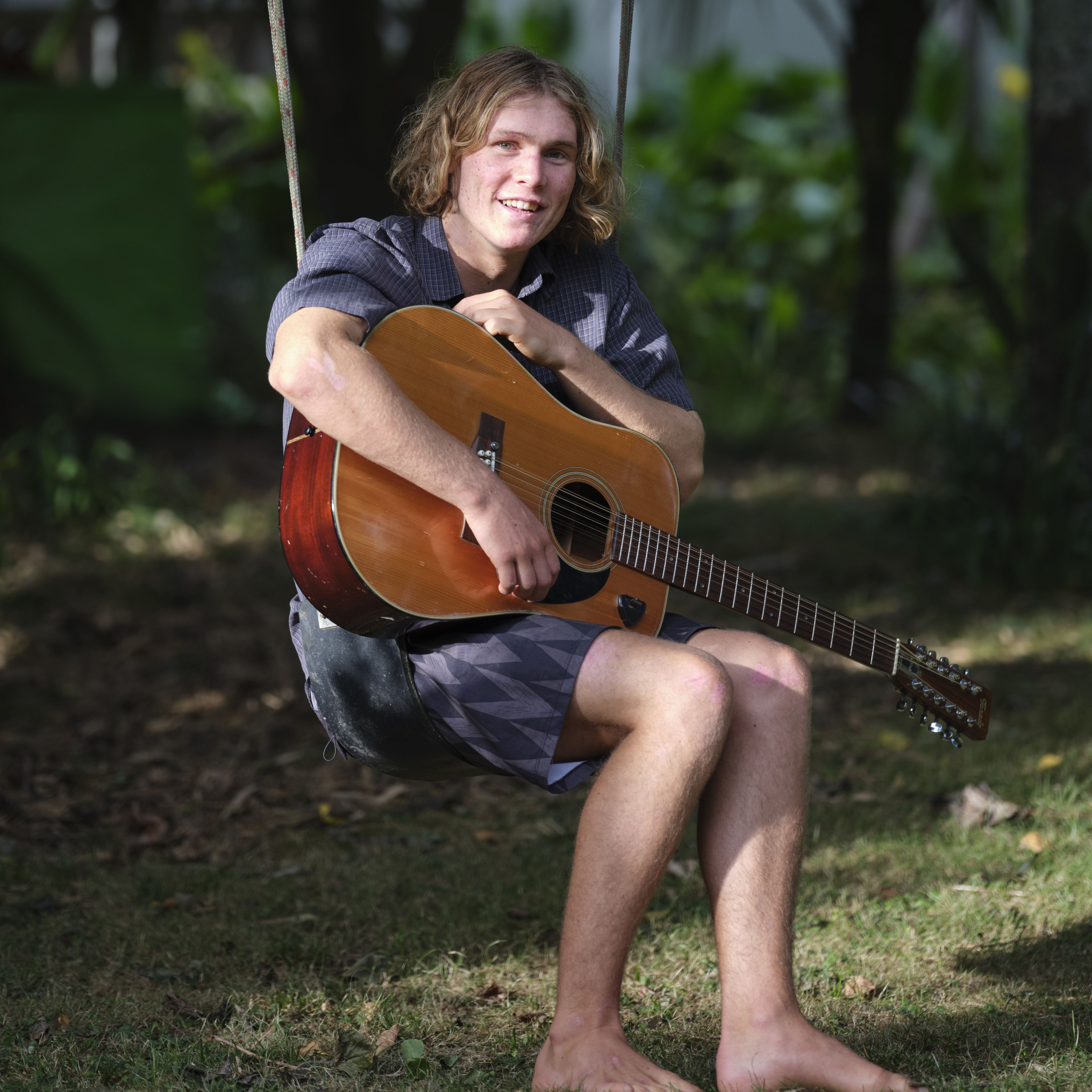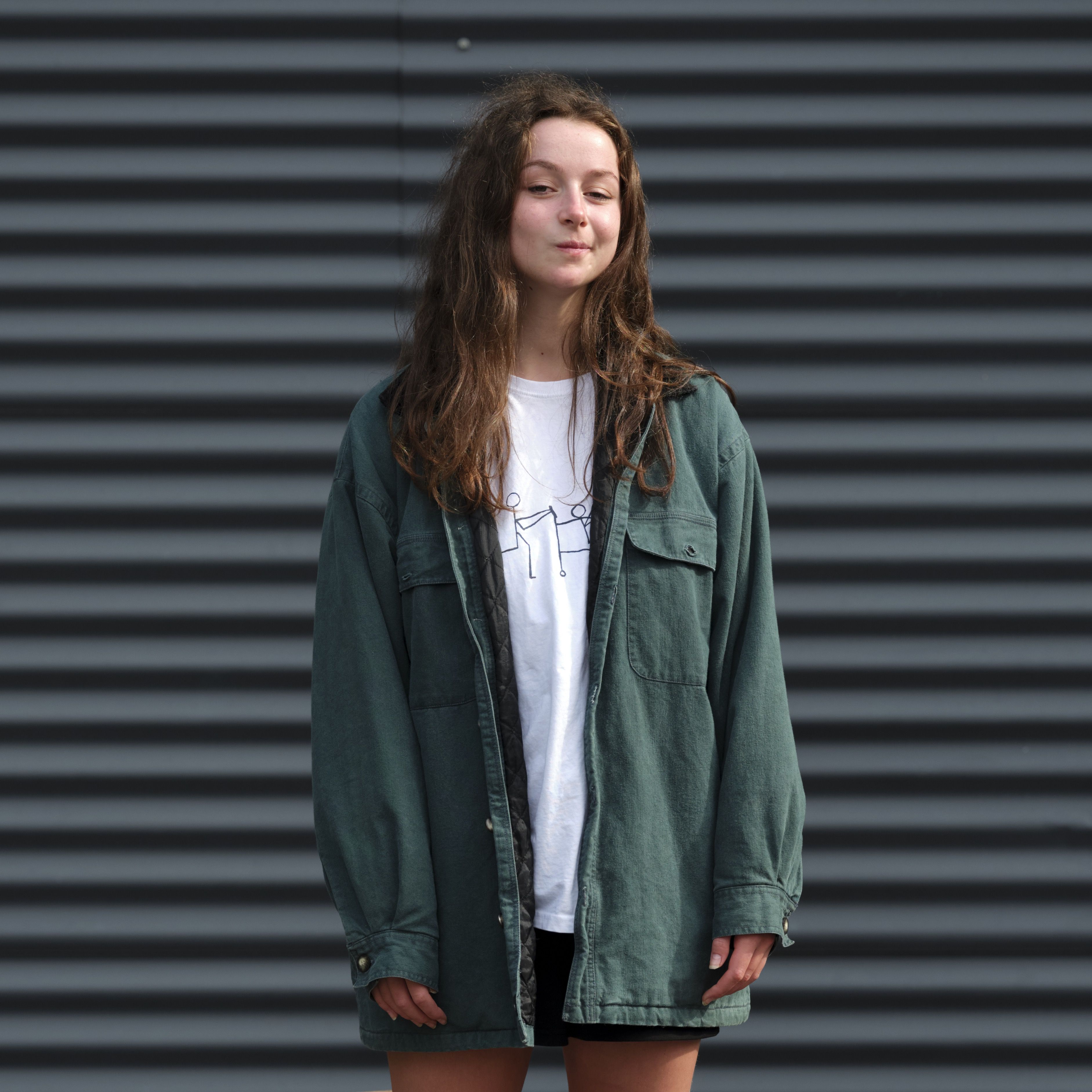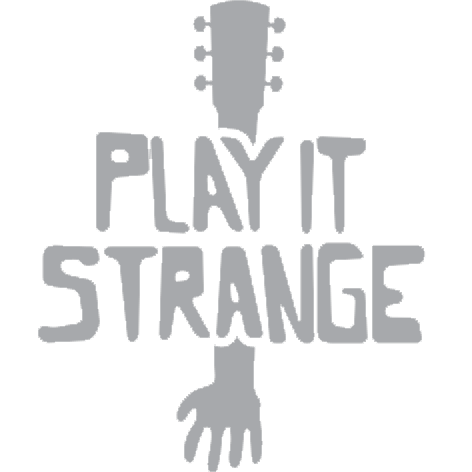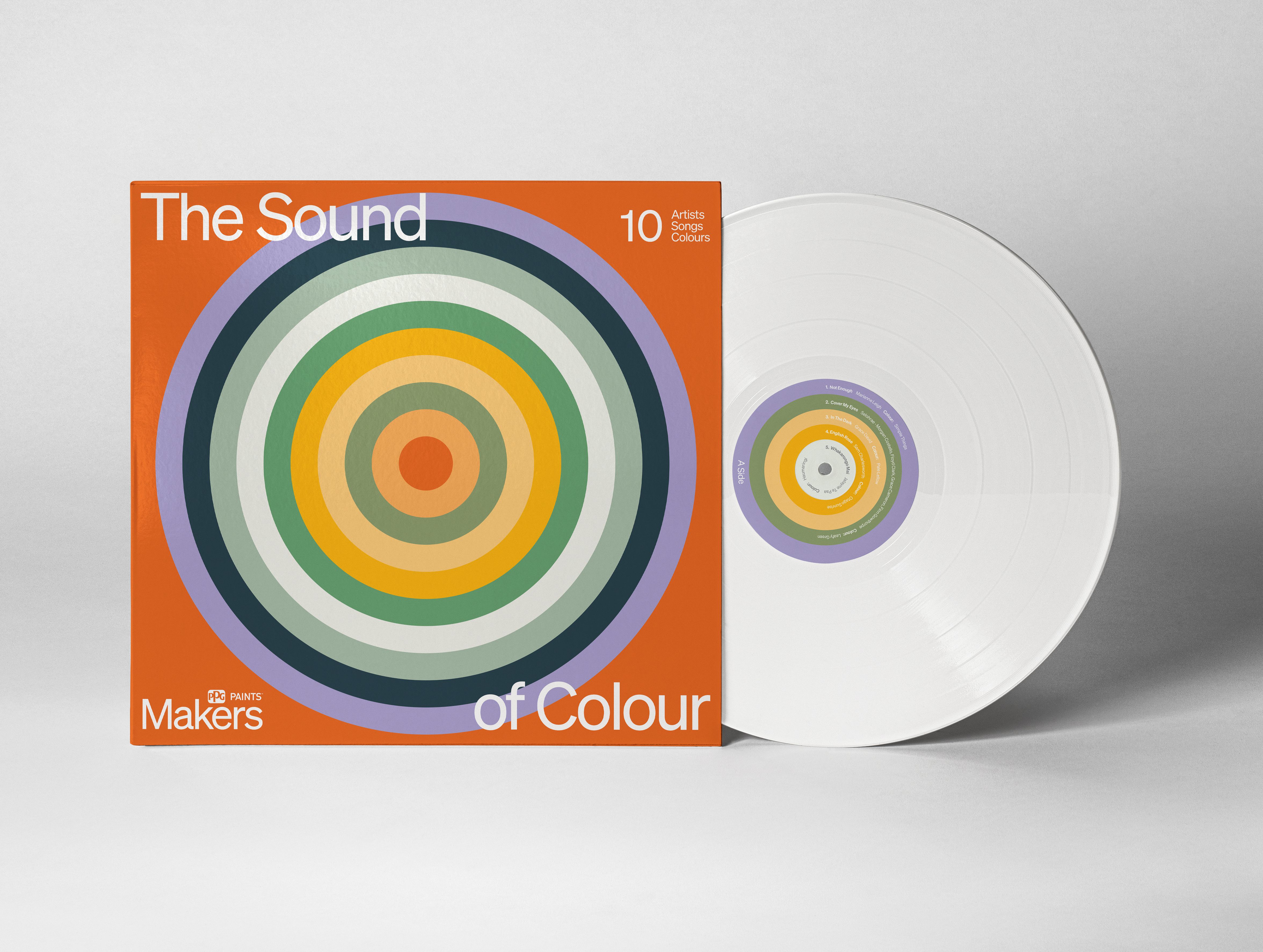Play It Strange
10 artists, 10 songs, 10 colours
"If we could SEE songs they would be luminous trails in the breath of space.”
– Mike Chunn, Play It Strange
A colour and music collaboration from PPG Paints and Play It Strange. The Paint it Strange palette brings together 10 young Kiwi artists to create a curated palette made up of 10 original colours and 10 original songs.
